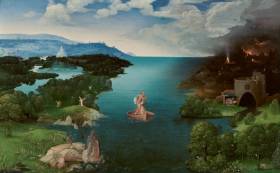
148
A Arte
Jogo da ποιέω, sublime manifestação particular do universal
Preface to the book Aesthetics of the Body in Western Art, by Matheus Corassa da Silva.

148
Preface to the book Aesthetics of the Body in Western Art, by Matheus Corassa da Silva.
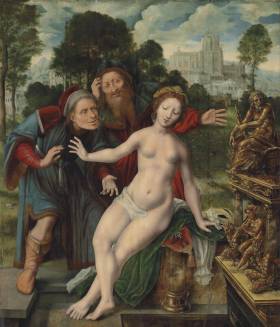
142
The biblical theme Susanna and the elders in the History of Art – in seven artists: the Master of Fauvel (Anonymous master, 14th century), Domenico di Michelino (1417-1491), Lorenzo Lotto (c.1480-1556), Jan Massys (c.1510-1575), Jacques-Antoine Beaufort (1721-1784), Francesco Hayez (1791-1881), and Artemisia Gentileschi (1593-1623).

119
To reform the Abbey with a New Aesthetic (later to be known as Gothic), Suger used art to convey his interpretation of Christian theology, and so materialize, artistically, tangible means by which one could ascend from the material to the immaterial.
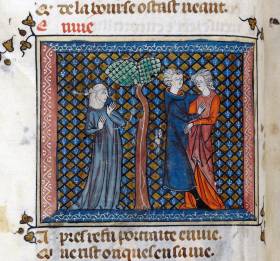
127
Envy is one of the Seven Deadly Sins and a classic theme in Medieval and Renaissance Art. Our purpose is to analyze some of the more traditional images on the subject.
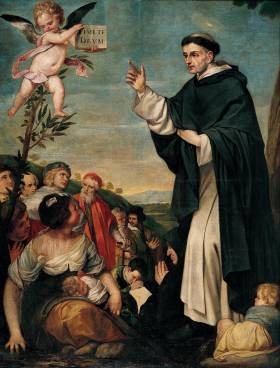
117
Some aspects of the philosophical discourse and the medieval rhetoric elements contained in the sermons of Saint Vincent Ferrer (1350-1419), especially his thoughts about a theme currently and universally present in the Christian Middle Ages: the moral virtues or cardinal virtues.
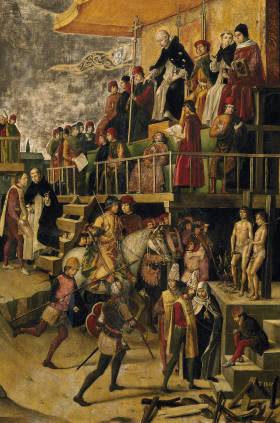
143
The mith of Inquisition in the iconographic interpretation of three artistic representations: Pedro Berruguete (c.1450-1504), Goya (1746-1828) and Cristiano Banti (1824-1904).
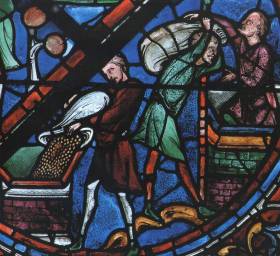
115
Iconographic study of images of medieval peasants in Chartres and Amiens cathedrals.
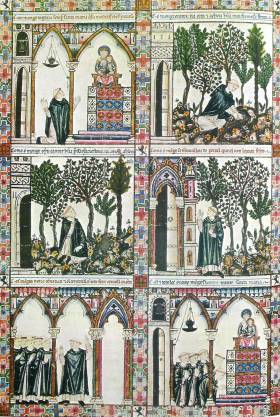
107
The purpose is to present the academic community our translation of Cantiga 103, made directly from the Galician-Portuguese, in addition to its close thematic relationship with the corresponding illumination.
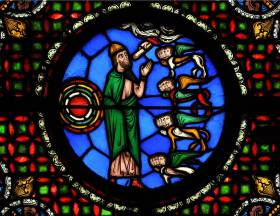
67
The Metaphysics of Light of Pseudo-Dionysius the Areopagite in the artistic conception of Abbot Suger of Saint-Denis.
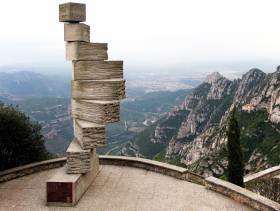
44
The creation of Universal Science: Ramon Llull and the premises of his Art.
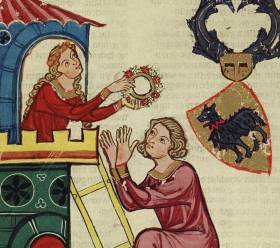
22
Iconographic analysis of three iluminures contained in The Great Book of Manuscripts Songs of Heidelberg (XIII century). Second part.